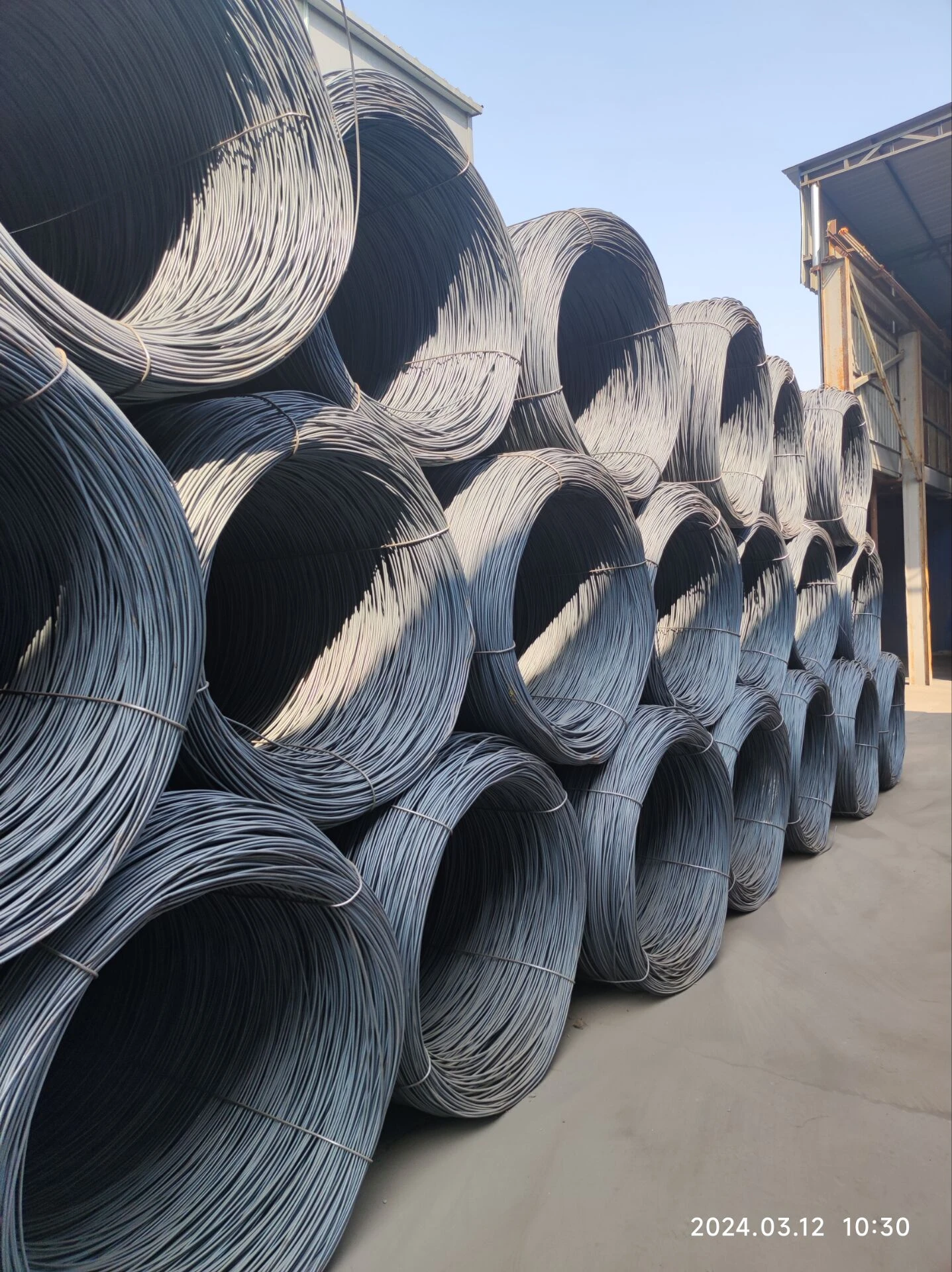The Role and Importance of Metal Perforators in Modern Manufacturing
In today's fast-paced manufacturing environment, efficiency and precision are paramount. One of the key tools that have revolutionized various industries is the metal perforator. These machines are designed to create precise holes in metal sheets, plates, and coils, allowing for a wide array of applications, from automotive to aerospace and beyond. In this article, we will explore the significance of metal perforators, their types, processes, and applications, highlighting their role in modern manufacturing.
What is a Metal Perforator?
A metal perforator, also known as a punch press or perforating machine, is a type of equipment that uses a punch and die mechanism to create holes of varying sizes and shapes in metal material. These machines can handle different types of metals, including steel, aluminum, and copper, making them versatile tools in various sectors.
Types of Metal Perforators
There are several types of metal perforators available, each designed for specific purposes. The most common types include
1. Mechanical Perforators These use a mechanical drive system to operate. They are known for their speed and efficiency in high-volume production settings. Mechanical perforators are often used for sheet metal processing and can produce large quantities of perforated materials quickly.
2. Hydraulic Perforators Utilizing hydraulic pressure, these machines can exert more force than mechanical types. This makes them ideal for thicker materials or intricate designs that require higher precision. Hydraulic perforators are commonly used in the automotive and aerospace industries.
3. Laser Perforators These utilize focused laser beams to create holes in metal. Laser perforators are known for their accuracy and ability to produce complex patterns without contact. This minimizes material wastage and is more environmentally friendly due to reduced scrap.
The Perforation Process
The perforation process typically involves several steps
1. Material Preparation Initially, the metal sheet is prepared by cutting it to the required dimensions.
metal perforators

2. Machine Setup The metal perforator is set up with the appropriate punch and die, selected based on the desired hole size and pattern.
3. Perforation The sheet is fed into the machine, where the punch presses through the metal to create holes. The speed and pressure of the perforation can be adjusted to accommodate different materials and design specifications.
4. Finishing After perforation, the metal piece may undergo additional processes, such as deburring or cleaning, to ensure smooth edges and a polished finish.
Applications of Metal Perforators
Metal perforators have an extensive range of applications across various industries. These include
- Automotive Industry Used for creating components such as grilles, body panels, and sound dampening materials. The precision of perforated metals helps in reducing weight while maintaining structural integrity.
- Aerospace Lightweight perforated parts are essential for aircraft to reduce weight and increase fuel efficiency without compromising safety.
- Construction and Architecture Perforated metals are increasingly used in building facades, ceiling tiles, and ventilation systems, offering aesthetic appeal while serving functional purposes such as airflow and light diffusion.
- Electronics In the electronics industry, perforated metal enclosures are used to protect sensitive components while allowing for ventilation and heat dissipation.
- Furniture Design Modern furniture increasingly incorporates perforated metals for both design and functionality, creating visually intriguing structures that can be lightweight yet strong.
Conclusion
Metal perforators play an indispensable role in modern manufacturing, providing solutions that enhance productivity, precision, and versatility across various industries. As technology progresses, the development of more advanced perforation techniques continues to expand the capabilities and applications of these machines. The ability to produce intricate, large-scale perforated metal products will surely remain a crucial component of the manufacturing landscape for years to come. With their significance firmly established, metal perforators are indeed a testament to the innovative spirit that drives industrial advancements.

















